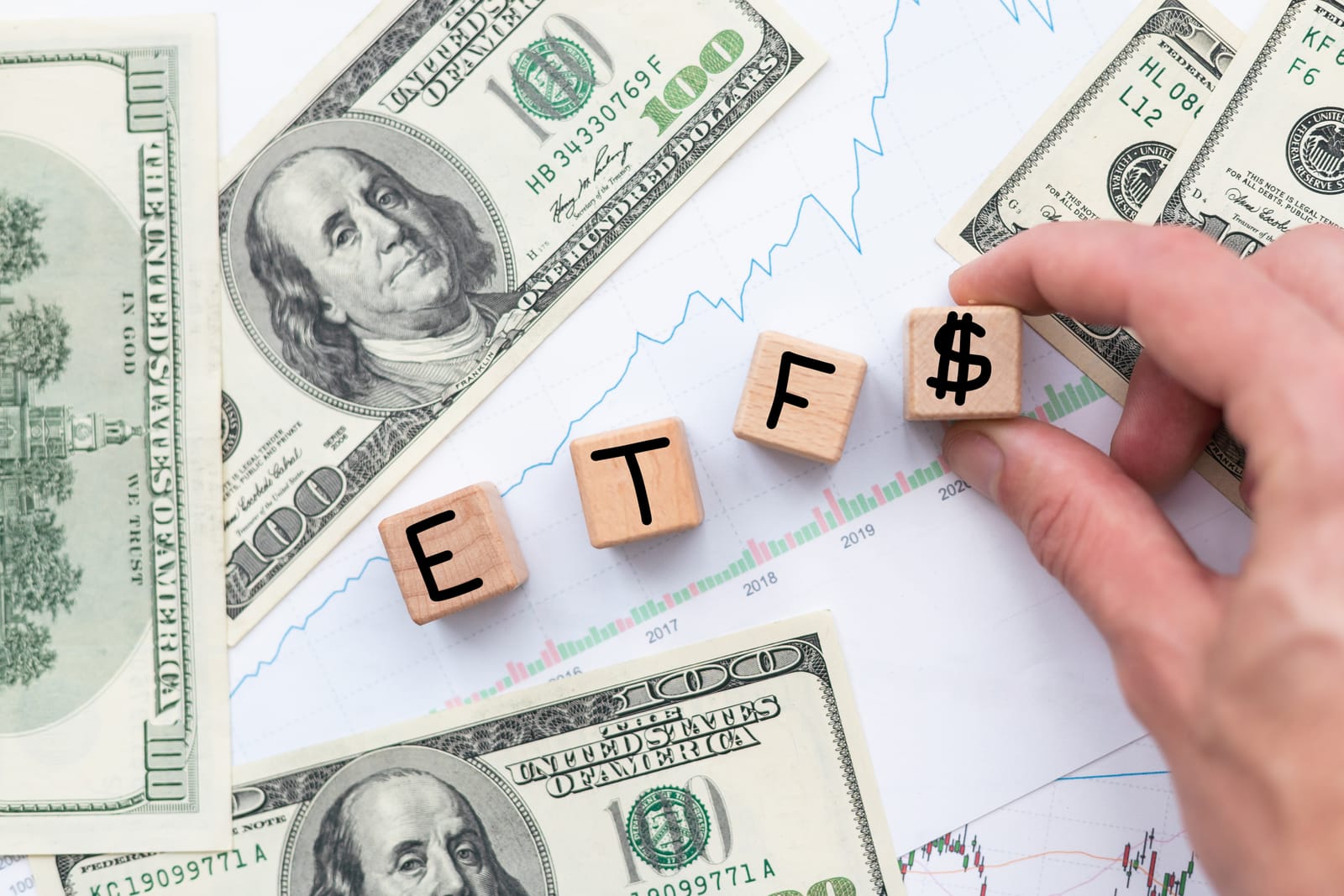Exchange Traded Funds, commonly known as ETFs, have seen a surge in popularity in recent investment circles. Providing a blend of the best characteristics of mutual funds and stocks, ETFs offer an effective investment vehicle for both novice and seasoned investors. This comprehensive guide aims to elucidate the concept of ETFs, exploring their functionality, types, costs, and how they compare with mutual funds and stocks.
An ETF is a type of investment fund that amalgamates various assets like stocks, bonds, or commodities, which are pooled together to form a single investment vehicle. This vehicle is then divided into shares that investors can buy or sell throughout the trading day, similar to individual stocks. The fundamental distinction between an ETF and a mutual fund lies in their trading frequency. While mutual funds trade only once a day after the market closes, ETFs can be bought and sold throughout the trading day like individual stocks.
Primary Attributes of ETFs
- Diversification: ETFs offer immediate diversification to investors as they track a wide array of assets, from individual commodities to a large collection of securities.
- Affordability: ETFs generally have lower expense ratios and fewer broker commissions compared to mutual funds, making them a cost-effective investment option.
- Flexibility: Unlike mutual funds, ETFs can be traded throughout the day at market-determined prices.
- Transparency: Investors can review an ETF’s holdings on a daily basis, providing a clear view of the underlying assets.
- Tax Efficiency: Typically, ETFs offer more tax advantages compared to mutual funds due to their unique structure.
Categorizing Exchange Traded Funds (ETFs)
There is a multitude of ETFs available in the market today, each designed to suit varied investment strategies and risk tolerance levels. Here are some common types of ETFs:
Stock ETFs
Stock ETFs comprise a basket of stocks, usually intended for long-term growth. They offer a lower risk profile compared to individual stocks.
Bond ETFs
Bond ETFs consist of various types of bonds and are typically utilized to generate regular income for investors. They generally carry less risk compared to stock ETFs.
Sector ETFs
Sector ETFs focus on specific sectors or industries, providing investors exposure to particular industries such as technology, healthcare, or finance.
Commodity ETFs
These ETFs invest in physical commodities like gold or oil. They offer diversification benefits and provide a hedge against market downturns.
International ETFs
International ETFs provide exposure to foreign markets, enabling investors to diversify their portfolios beyond domestic investments.
Leveraged ETFs
Leveraged ETFs aim to deliver multiples of the performance of the index or benchmark they track. They employ financial derivatives and debt to amplify the returns of an underlying index.
Inverse ETFs
Inverse ETFs are designed to profit from a decline in the value of an underlying benchmark. They are essentially bets that the market will decline.
Currency ETFs
Currency ETFs track the performance of a single currency or a basket of currencies in the foreign exchange market.
Bitcoin or Crypto ETFs
Bitcoin or Crypto ETFs track the performance of Bitcoin or other cryptocurrencies, providing a more accessible way for investors to gain exposure to these digital assets.
Understanding the Working Mechanism of ETFs
The operation of ETFs involves a complex process known as creation and redemption, which is instrumental in maintaining the ETF’s price close to its net asset value (NAV).
ETF Creation
When an ETF issuer wants to create more shares of the ETF, an authorized participant (AP), usually a large financial institution, buys a portfolio of stocks that mimic the ETF’s underlying index. The AP then delivers these shares to the ETF issuer in exchange for ETF shares, which are then sold on the open market.
ETF Redemption
The redemption process works in reverse. The AP buys ETF shares in the open market and sells them back to the ETF issuer. In return, the AP receives a portfolio of individual stocks from the ETF issuer.
Estimating the Costs Associated with ETFs
The costs associated with ETFs can be classified into two categories:
- Trading Costs: ETFs are traded like stocks, and thus, the cost of buying or selling ETF shares includes broker commissions, bid-ask spreads, and changes in premium or discount levels.
- Expense Ratio: This is the annual fee charged by the ETF issuer for managing the fund. It is expressed as a percentage of the fund’s total assets. Generally, ETFs have lower expense ratios compared with mutual funds due to their passive management style.
Comparing ETFs with Mutual Funds and Stocks
While ETFs, mutual funds, and stocks are all popular investment vehicles, they each have unique features and benefits.
- ETFs vs. Mutual Funds: ETFs offer more flexibility than mutual funds as they can be traded throughout the day like stocks. Also, ETFs typically have lower expense ratios and are more tax-efficient than mutual funds.
- ETFs vs. Stocks: While ETFs trade like stocks, they offer instant diversification as they track a basket of assets. On the other hand, investing in individual stocks can offer higher returns but comes with a higher risk.
In Conclusion
Exchange Traded Funds offer a promising investment avenue for individuals looking to diversify their portfolio while maintaining flexibility and control over their investments. With lower costs and ample choice of asset classes, sectors, and strategies, ETFs provide a dynamic tool for achieving various investment goals. Whether you’re a novice investor or a seasoned pro, understanding ETFs can be a fundamental stepping stone to successful investing.
The financial and market information provided on AskTheMoneyCoach.com is intended for informational purposes only. AskTheMoneyCoach.com or it’s parent company is not liable for any financial losses incurred while trading. Conduct your own research by contacting financial experts before making any investment decisions.








